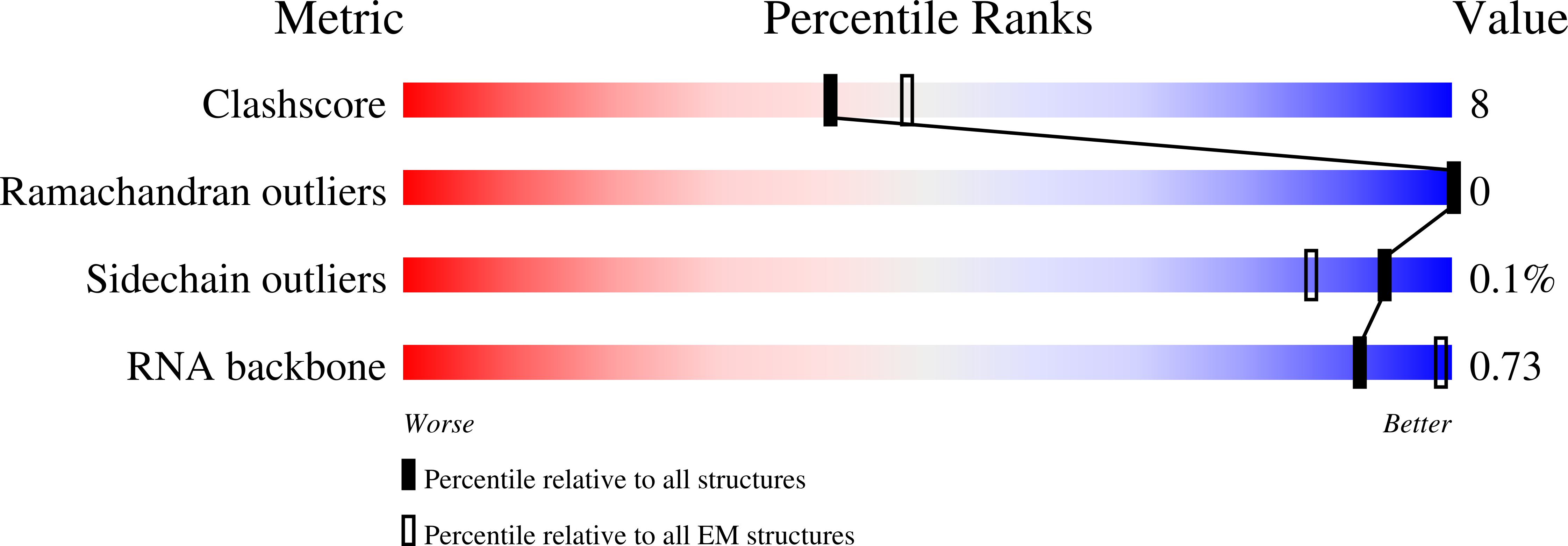
Deposition Date
2023-08-23
Release Date
2024-01-24
Last Version Date
2024-10-30
Entry Detail
PDB ID:
8TXO
Keywords:
Title:
E. coli DNA-directed RNA polymerase transcription elongation complex bound to the unnatural dZ-PTP base pair in the active site
Biological Source:
Source Organism:
Escherichia coli (Taxon ID: 562)
synthetic construct (Taxon ID: 32630)
synthetic construct (Taxon ID: 32630)
Host Organism:
Method Details:
Experimental Method:
Resolution:
3.10 Å
Aggregation State:
PARTICLE
Reconstruction Method:
SINGLE PARTICLE


